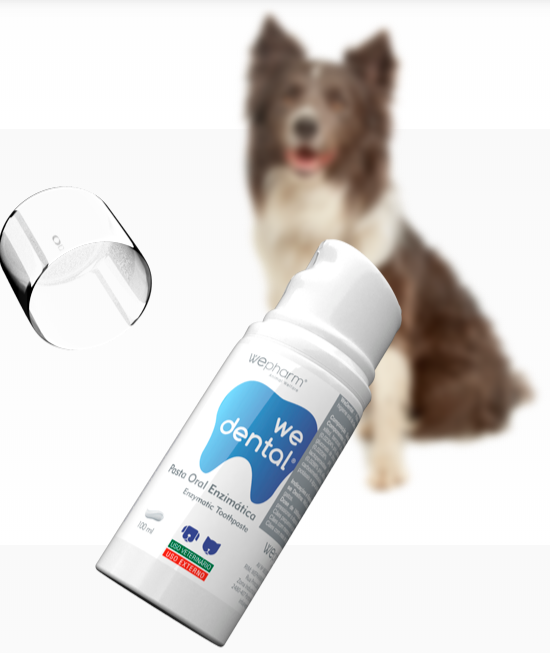Stomatitis in Cats
Inflammation of the oral mucosa, gingivitis, and periodontitis are harrowing conditions for cats. Read about the causes, diagnosis, and treatment of feline stomatitis.
Symptoms of Stomatitis
Cats with chronic oral inflammation often struggle to eat, drool, rub their mouths with their paws, and/or show behavioral changes – they become irritable or even aggressive due to pain. On oral examination, inflammation around the teeth is evident, and/or the gums are red and inflamed in places where teeth once were. The disease is accompanied by intense bad breath. The inflammation spreads from areas adjacent to the teeth to the back of the throat or oropharynx (the part of the pharynx behind the mouth). In some places, significant swelling of the gums may occur, potentially blocking the oropharynx. Such cats have difficulty eating and swallowing. Animals often suffer from painful resorptive tooth lesions (the inflamed gum seems to grow into the tooth and/or the tooth develops a hole).
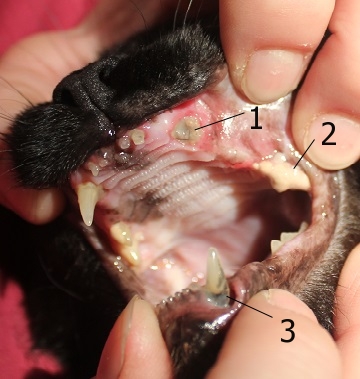
Image 1: Fracture of the upper canine¹, severe tartar deposits², advanced periodontitis (inflammation around the tooth root)³ – all carry a high health risk for the animal.
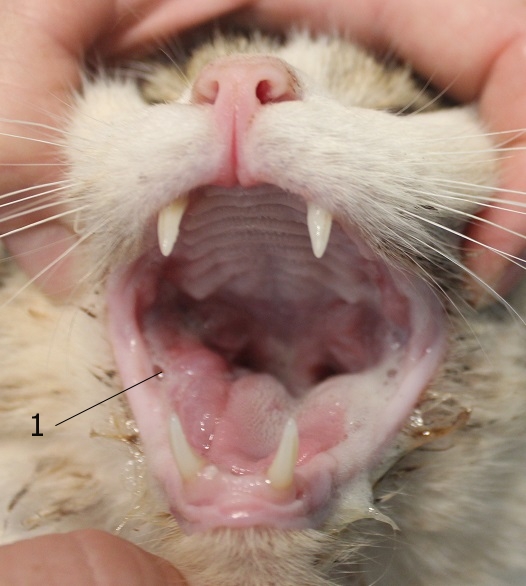
Image 2: Feline stomatitis, drooling, proliferation (new growth) of soft tissues.
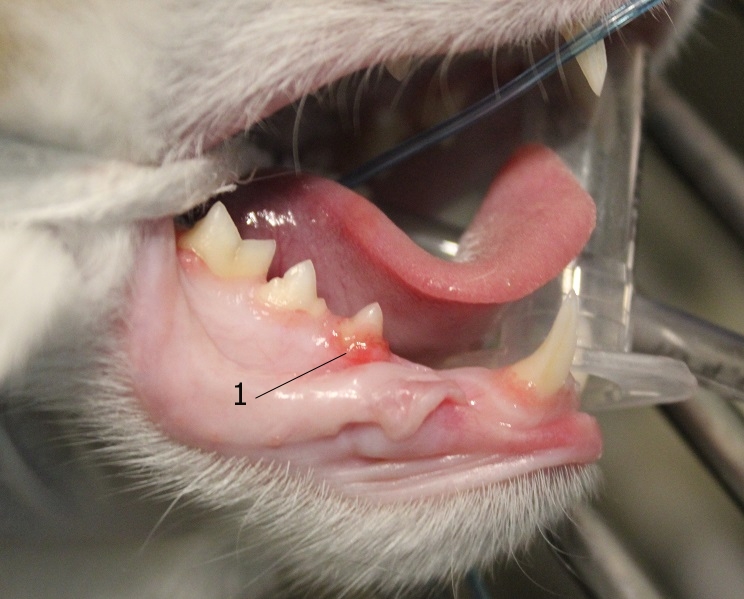
Image 3: Inflammation around the tooth, with the inflamed gum seemingly growing into the tooth – feline tooth resorptive lesion.
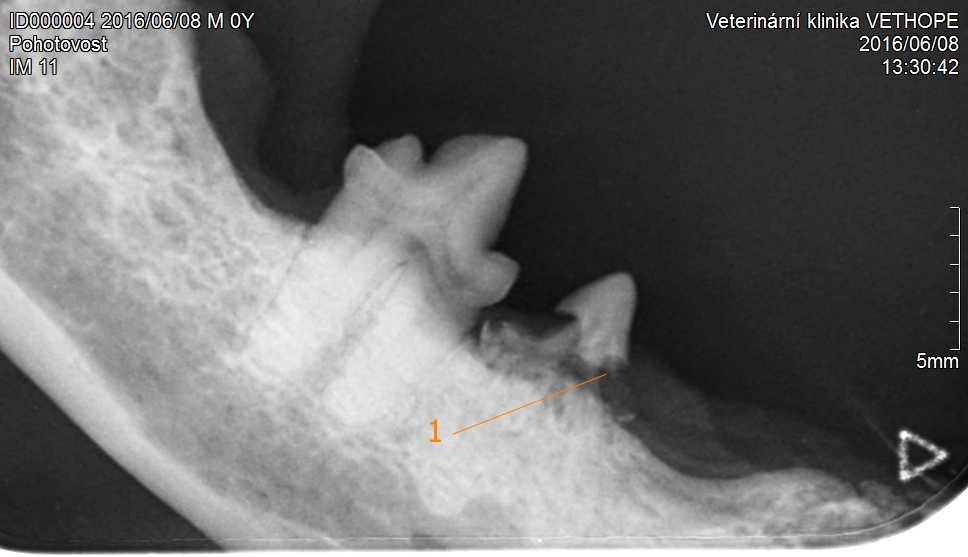
Image 4: Feline tooth resorptive lesion.
Diagnosis of Oral Mucosa Inflammation
A history of oral inflammation combined with a thorough dental examination is usually sufficient to suspect or make a preliminary diagnosis of oral inflammation (stomatitis). Long-standing inflammation (chronic inflammation) with gradual spread into surrounding tissues is typical for feline stomatitis. Short-term inflammation may signal the onset of stomatitis or be due to an entirely different condition. Allergies, foreign bodies, irritation, periodontal disease, or tooth resorption are other possibilities. This is why timely and accurate diagnosis is crucial.
If the inflammation is not widespread and remains localized to a specific area, other possible diseases should also be considered. A biopsy can help distinguish stomatitis from oral cancer and/or other localized conditions caused by infectious diseases.
Cats with inflammatory oral disease should also be tested for infectious diseases such as feline leukemia, feline immunodeficiency virus (FIV, or "feline AIDS"), and FCV (calicivirus). A complete blood count, biochemical profile, and urinalysis should also be standard in diagnosing oral mucosa inflammation.
Image 5: Red and inflamed gums, gingivitis and stomatitis in a cat.
Dental X-rays Are Absolutely Essential for Accurate Diagnosis
Dental X-rays are crucial for proper diagnosis and assessment of tooth loss caused by resorptive lesions. Without intraoral X-rays, the veterinarian may not identify all resorptive lesions, as these are often not visible during an initial examination and can only be reliably detected through dental radiography. Without X-rays, the veterinarian cannot be certain that all lesions have been diagnosed, as it is impossible to evaluate processes occurring below the gum line.
Dental X-rays also allow differentiation between bone resorption caused by lesions and alveolar bone loss beneath the gums (in subgingival areas). Retained root fragments after crown fractures can also only be detected using dental radiographs.
Intraoral radiographs are used to evaluate the tooth structure and periodontal status and are invaluable in treatment planning.
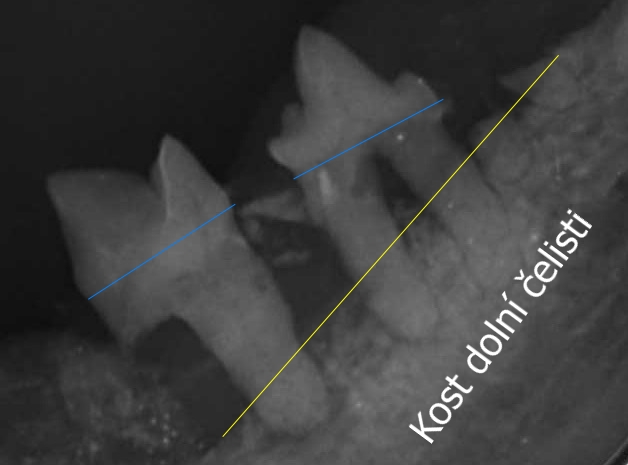
Image 6: Severe periodontal disease (periodontium – the supporting structures of the tooth). The image shows severe deep marginal periodontitis (inflammatory disease of all components of the tooth’s supporting structures with radiographic bone resorption exceeding 1/3 of the root length). The blue line indicates the bone level in healthy teeth, and the yellow line marks the pathological bone loss.
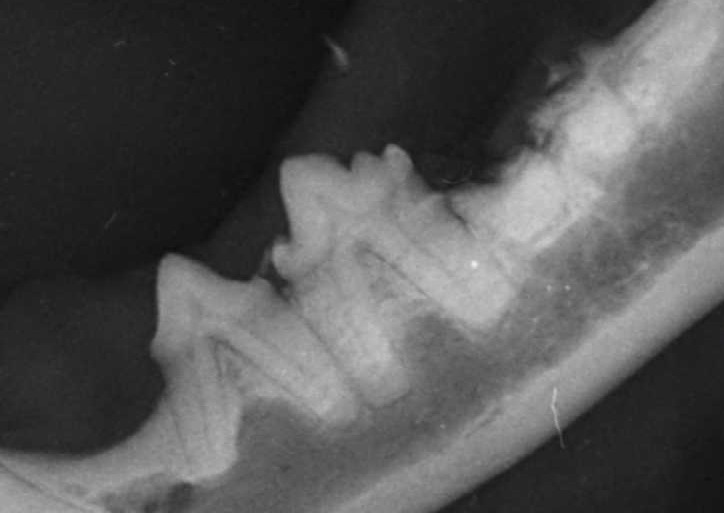
Image 7: Tooth crown fracture with subgingivally (below the gum line) located root remnants of the mandibular tooth in a cat.
What is Faucitis?
Faucitis is a term used to describe inflammation at the back of the oral cavity. Some veterinary dentists prefer the term "caudal stomatitis" or "inflammation of the lateral pharyngeal walls." Others refer to the condition as “stomatitis with faucitis.”
This is a life-threatening condition and, for cats, often extremely painful. It is accompanied by impaired food intake and long-term weight loss. Such cats are at risk of developing hepatic lipidosis (“fatty liver disease”) as a result of chronic malnutrition.
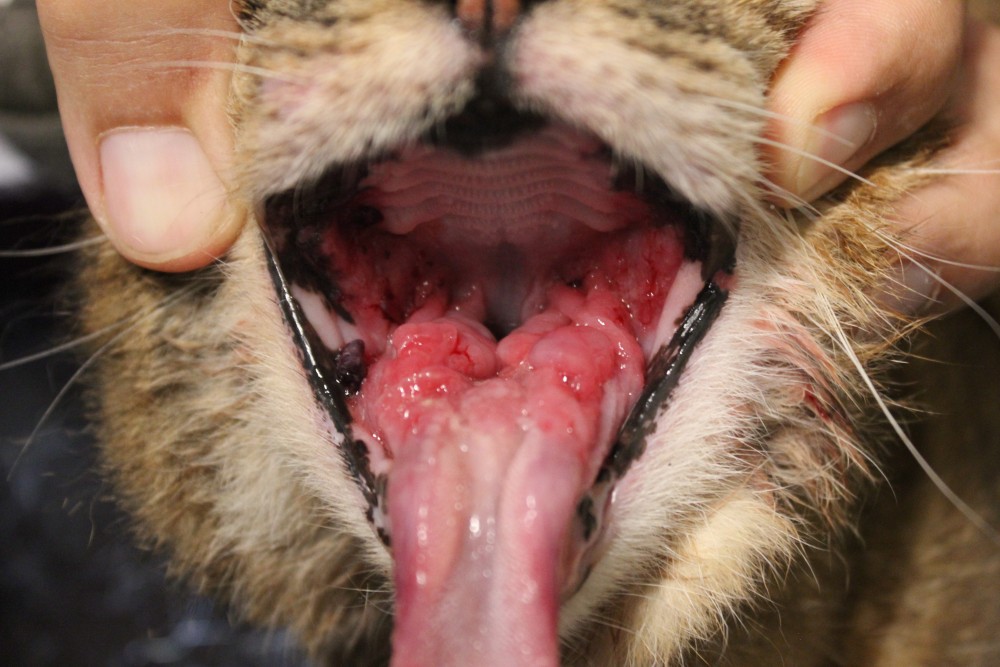
Image 8: Severe faucitis (caudal stomatitis).
Treatment of Stomatitis in Cats
The treatment of feline stomatitis is highly individual. The manifestation of clinical signs differs in each cat, depending on the extent of the disease, the severity of the underlying condition, and the cat’s individual tolerance to pain. The owner’s ability to provide home care (e.g., daily oral hygiene for the cat) also plays a key role in treatment planning. Both surgical and conservative therapeutic options are available.
Medication offers only short-term control of feline stomatitis. In the long term, however, results are unsatisfactory. Surgical treatment provides immediate pain relief and plays a vital role in the long-term management of feline stomatitis.
Surgical procedures require great skill on the part of the veterinarian. Dental radiography is absolutely essential during surgical extractions because it enables the detection of fractured root tips. If these are not removed, the effectiveness of surgical treatment is completely undermined. High-quality anesthetic monitoring is also critical during surgical treatment.
In some cases, a combination of surgical and medical treatment is required for long-term management of feline stomatitis.
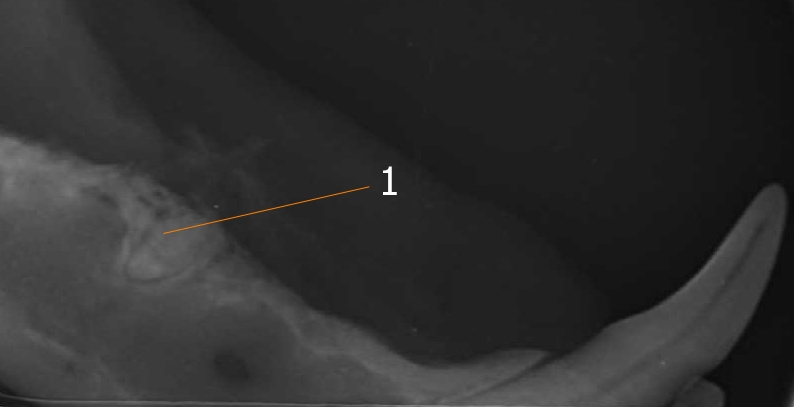
Image 9: Retained root of a mandibular tooth. Without an intraoral X-ray, it would not be possible to identify the lesion.
Disclaimer: This article is for informational purposes only and does not replace a professional consultation or examination of your pet by a veterinarian. If you have any concerns about your pet’s health, contact your veterinarian immediately.
This article was prepared by the veterinary clinic VETHOPE – www.vethope.cz
Vethope s.r.o.
Rozvodova 350/16, Prague 4
Opening hours:
Mon–Fri: 8:00 – 20:00
Sat: 9:00 – 14:00
Sun: 14:00 – 19:00
📞 Tel.: +420 212 246 809
📧 info@vethope.cz
Recommended Products for Oral Health Support
